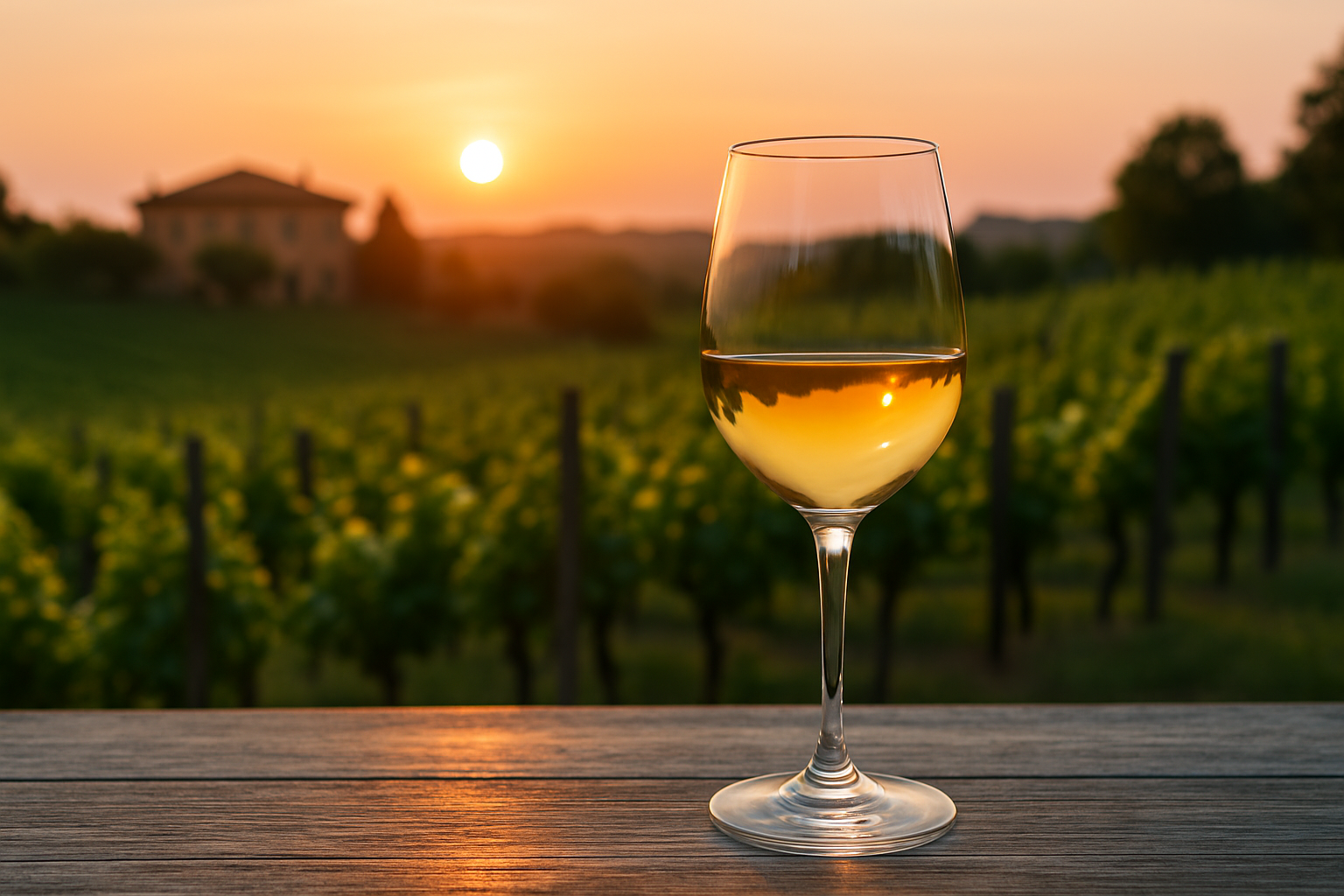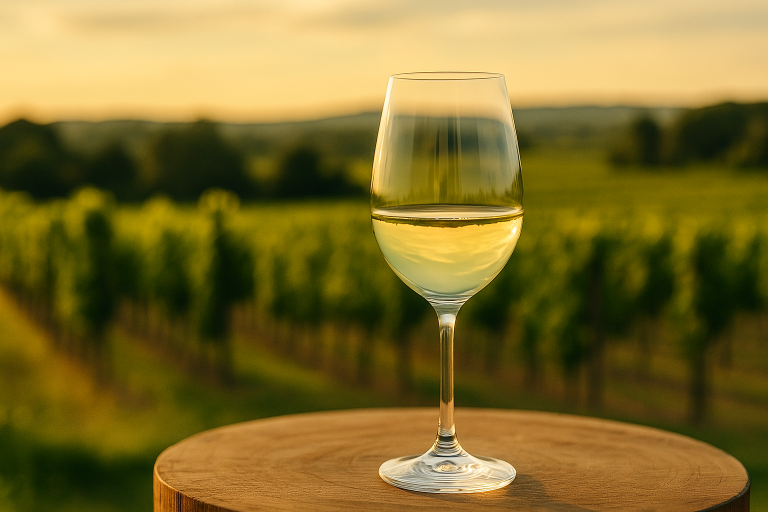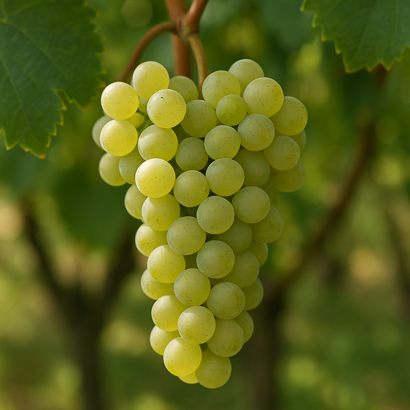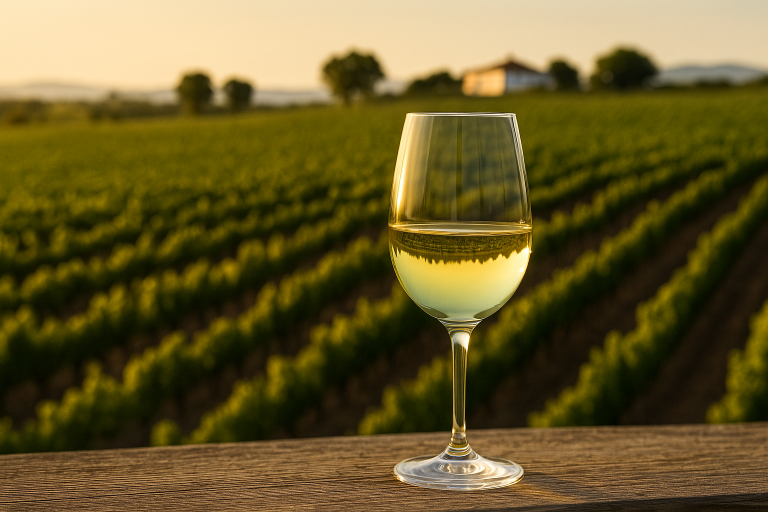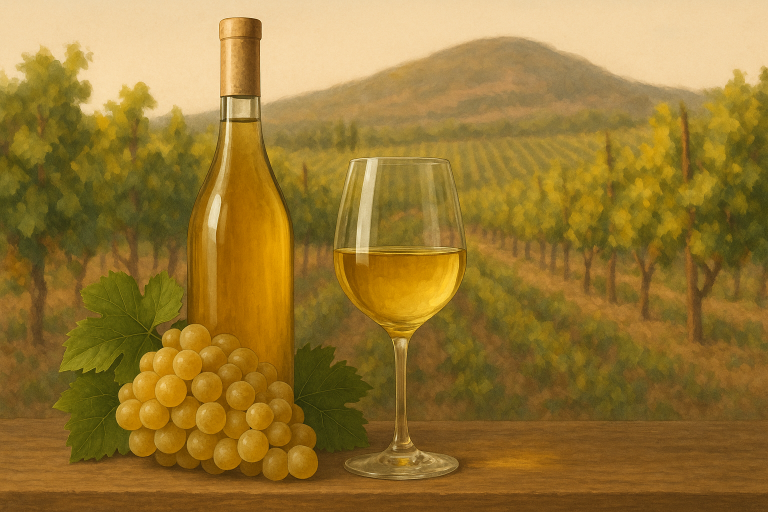Understated yet deeply expressive, Sémillon is one of the wine world’s quiet treasures. Often overshadowed by Sauvignon Blanc or Chardonnay, this golden-skinned grape has long been the backbone of some of the most remarkable wines ever produced — from the lusciously sweet Sauternes of Bordeaux to the crisp, citrus-driven whites of Australia’s Hunter Valley. Known for its texture, age-worthiness, and layered complexity, Sémillon is a varietal that rewards those who appreciate depth over flash.
A Brief History
Sémillon’s roots run deep in Bordeaux, France, where it has been cultivated for centuries. It was once the most widely planted white grape in the region, admired for its versatility and ability to reflect the nuances of its environment. The grape’s name likely derives from the old French semilhoun, meaning “semi-soft,” a reference to its thin yet resilient skin.
In Bordeaux, Sémillon found its greatest fame in the Sauternes and Barsac appellations, where it is the key component in the world’s most celebrated sweet wines. When affected by Botrytis cinerea — the “noble rot” — Sémillon grapes shrivel on the vine, concentrating sugars and flavors to create golden nectars of extraordinary depth and longevity.
Over time, the grape spread across the globe, thriving in regions with warm days, cool nights, and a touch of humidity. In the 20th century, it gained new acclaim in Australia, where it evolved into a distinctive dry style celebrated for its crispness and ability to age gracefully.
Where It’s Grown
Sémillon flourishes in diverse climates but performs best where warmth is balanced by cool evenings.
- France: The classic home, particularly in Bordeaux, where it’s blended with Sauvignon Blanc to create both dry whites (Bordeaux Blanc) and sweet wines (Sauternes and Barsac).
- Australia: Especially Hunter Valley and Barossa Valley, known for dry, citrus-driven Sémillons that develop toasty, honeyed complexity over time.
- South Africa: Produces rich, waxy styles with notes of lemon curd and lanolin.
- Chile and the United States: Emerging regions producing fresh, fruit-forward versions with moderate acidity and tropical fruit flavors.
Tasting Notes
Sémillon is a medium-bodied white wine with a unique texture — silky yet substantial. Its character shifts dramatically depending on its style and origin.
- Dry styles (like Hunter Valley) are crisp and lean in youth, offering flavors of lemon, lime, and green apple, before maturing into honeyed, toasty, and nutty expressions with age.
- Sweet styles (like Sauternes) are rich, luscious, and layered, with notes of apricot, peach, honey, and marmalade, balanced by vibrant acidity.
Common descriptors across all styles include waxy texture, beeswax, lanolin, and citrus zest, with a lingering, mouthcoating finish.
Pair dry Sémillon with seafood, chicken, creamy pastas, or aged cheeses. Sweet versions shine alongside foie gras, fruit tarts, or blue cheese — or simply enjoyed on their own as liquid gold.
The Essence of Sémillon
Sémillon is the quiet achiever of the wine world — elegant, age-worthy, and profoundly expressive. It doesn’t shout for attention; it reveals itself slowly, sip by sip, year by year.
From the sunlit vineyards of Bordeaux to the coastal hills of Australia, Sémillon tells a story of patience and precision. It’s a wine for thoughtful moments — a golden thread woven through the history of fine wine, offering richness, grace, and timeless allure.

